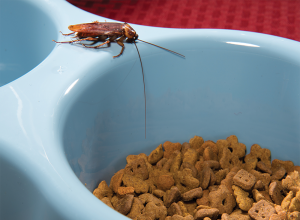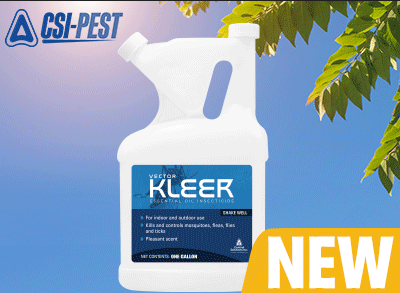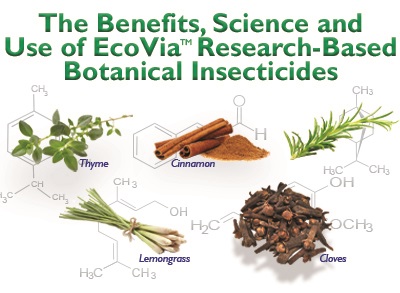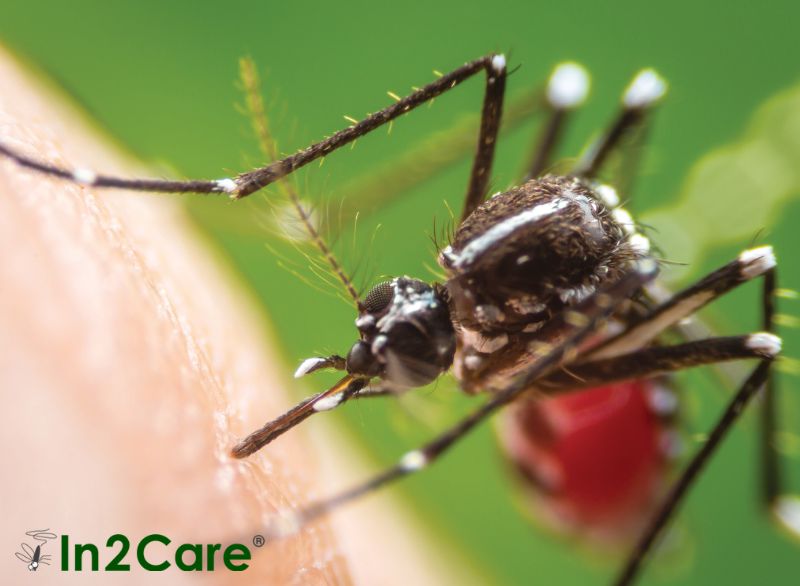Not All Lawn Brown Spots Are Created Equally!
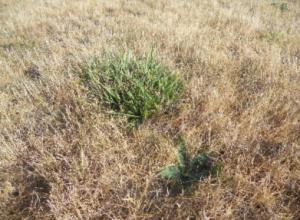
As I am writing this article, we are witnessing a heat wave impacting much of the US and this brings about significant impact on cool-season grasses, as this weather pattern impacts turfgrass growth and overall appearance. On the other hand, warm-season grasses thrive in the summer months, however the hot and humid weather conditions impact them differently as these conditions enhance their susceptibility to disease damage and turfgrass health, if not managed properly.
The most common impact of the summer conditions is the appearance of discolored, brown areas in the lawns that require LCOs’ attention and the need for appropriate diagnosis and management. Simply put, brown areas in the lawn can be due to lack of water as a result of dry weather or improper irrigation coverage. They could also be caused by the presence of disease which requires the three necessary conditions for disease development: susceptible grass type, environment, and pathogen. Many areas in the US are experiencing drought conditions and some are under severe drought notably in the Southeast and Southwestern US, and California.
How can a LCO determine the true cause of drought-like symptoms?
The easiest way to determine if a lawn is under drought stress is to check the irrigation system to make sure it is running the appropriate amount of time, ensure the sprinkler heads are applying even coverage to the area and to also check if any heads are broken and need to be replaced. It is also important to check the frequency and duration the irrigation system is running based on the requirements of the grass type. Sometimes homeowners get their irrigation system activated in the spring, but they forget to adjust as the weather conditions change from spring to summer.
As the weather gets warmer, plant leaf temperature increases accordingly. This drives higher demand for water. Turfgrass plants absorb water through the root system, so it dissipates through the leaves to lower the leaf temperature and naturally “cool off” through evapotranspiration. When water deficits occur in the soil, this triggers drought-like symptoms usually observed as slight discoloration, or the beginning of leaf wilting or leaf folding. LCOs can tell by easily seeing foot-steps on the turf or from the mower tracks. It is best to check the irrigation for even coverage and increase the watering frequency and duration to meet the lawn water needs and to keep leaf temperature within an acceptable range for proper cooling. It wouldn’t take long before the lawns start going dormant and turning brown to survive in the absence of adequate soil moisture.
Offering irrigation tune ups and inspections is a great add on service for any LCO. This not only helps the customer but also allows the LCO to have a little more control over one aspect of maintaining the lawn.
What are the differences between fertilizer burned grass and disease impacted turf?
It is not uncommon for LCO’s to hear from their customers that a fertilizer application burned their lawn. There are many ways to easily tell the difference between fertilizer burn, drought spot, and disease damage. LCOs are the expert at using fertilizers and it is not common for the professionals to apply fertilizers at rates that cause turf burn. Sometimes, an applicator may tip a spreader that didn’t have a cover and the result is a pile of fertilizer on a lawn that would be difficult to clean out. In this situation, a burn may occur, but it will be localized and only impacts where the fertilizer was spilled. Also, LCOs tend to cut back on liquid fertilizer application during the heat of the summer because of the potential of tank ammoniation due to high temperatures. Unlike fertilizer burn from granules, disease damage is generally more widespread and appears sporadically in the lawn, and slowly progresses. A closer look at disease damaged areas, you will notice lesions on the turfgrass blades that coalesce to make the leaves collapse and appear brown while other leaves may still show green tissue. With fertilizer burn, the entire turfgrass canopy is brown uniformly and lesions are not present, it appears totally dead and adjacent areas will look healthy with no sign of damage.
Brown spots cause by drought appears progressively and seem to appear in the sun exposed areas and less likely in the shaded areas. Also, if the lawn is irrigated, you might notice areas around broken sprinklers brown while other areas of the lawn look green, and healthy.
Are there any turfgrasses that withstand drought pretty well?
In the months of July and August, it is not uncommon for the air temperatures to soar and rainfall to be less frequent, leading to water deficit in the soil. Without irrigation or rainfall, lawns will start to show signs of wilting, and turning brown. While this may look alarming, the lack of water triggers a survival mechanism within the plant tissue, called dormancy. Grass types vary in their adaptability and tolerance to drought stress. The following common grass types have excellent tolerance to drought: Bermudagrass, Zoysiagrass, and Kentucky bluegrass. However, it is important to know that drought tolerance depends on a variety of factors including genetics, geographic adaptation, soil type, and relative tolerance over time.
Are there certain areas of the lawn more prone to drought stress?
Generally, full-sun exposed areas tend to be more prone to drought stress because of the extended exposure to direct sunlight and its desiccation effect. Areas next to sidewalks or roadsides can also be prone to drought since concrete and asphalt tend to hold in heat that radiates onto nearby grass.
Grass types that are well-adapted to drought can tolerate extended periods of drought without any permanent damage. The lawns would recover normally with 2 to 3 weeks and resume growth and healthy color. Lawn areas in the shade or partial shade maintain their color because of the cooling effect of the shade and the reduced loss of water from the soil surface.
What are symptoms of damage from drought conditions?
Damage from drought appears as straw/brown color and matted turf with no signs of growth or “life”. Drought damage is not apparent at the onset of the dry period but LCOs would notice damaged turf when rainfall conditions resume, and good growing conditions are present. Areas that do not recover with adequate water, rainfall, and favorable temperatures can be assumed damaged by drought if no other factors are ruled out such as diseases or insects. The drought-damaged areas will have to be sodded or seeded.
How can an LCO tell if a lawn is dying or merely dormant due to drought conditions?
If the lawn does not respond to water, it is important to probe for what might be causing the decline or turfgrass death. It is important to note that turfgrass species that cannot tolerate drought can die from prolonged drought and absence of rainfall or irrigation. At the same time, insect pests such chinch bugs can cause permanent damage to turfgrass in the summer when they are most active, if not managed properly.


